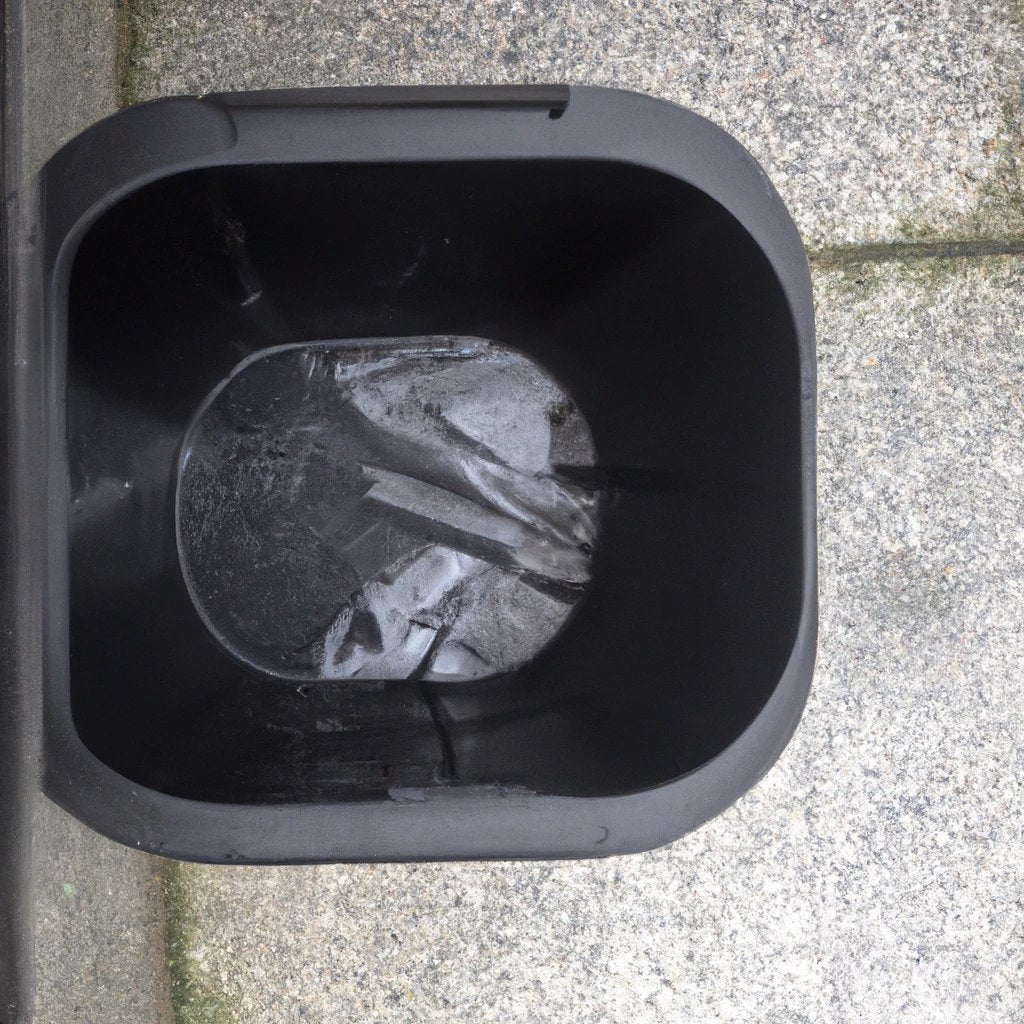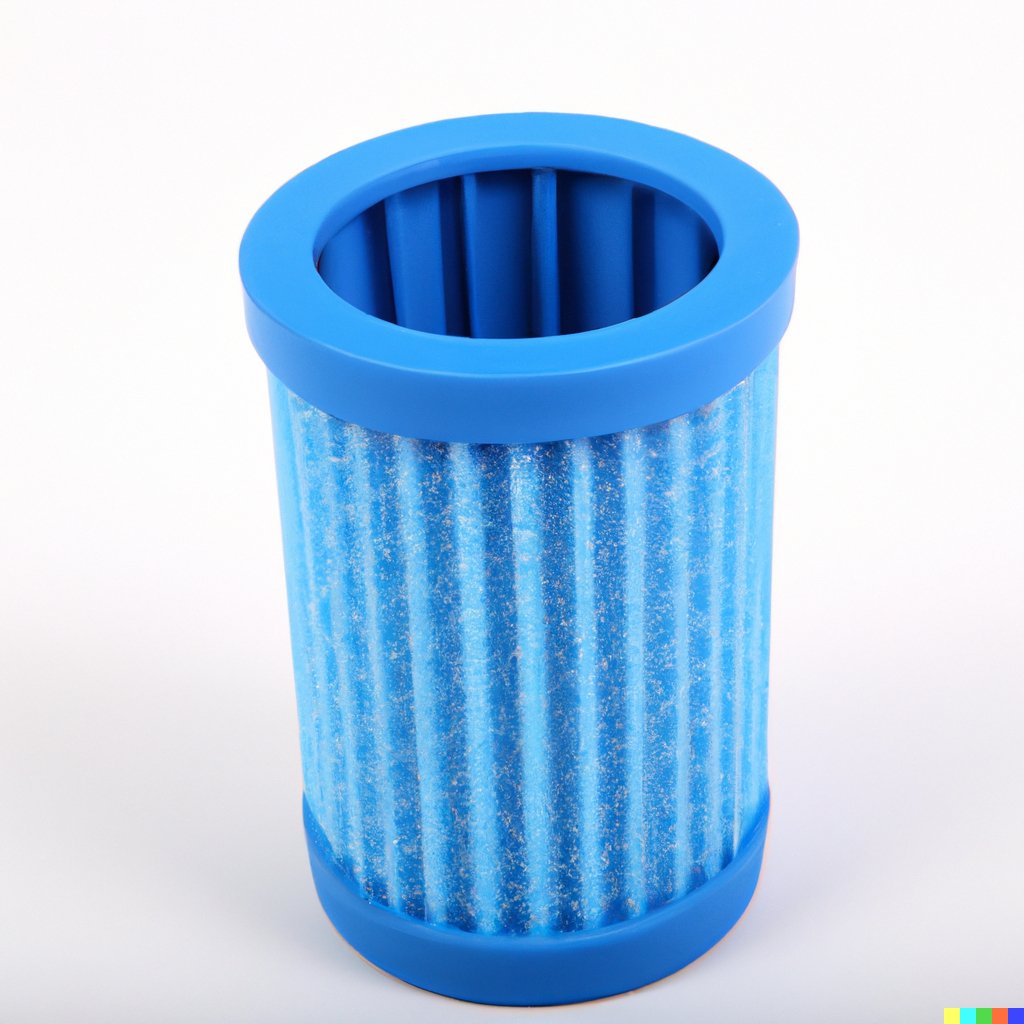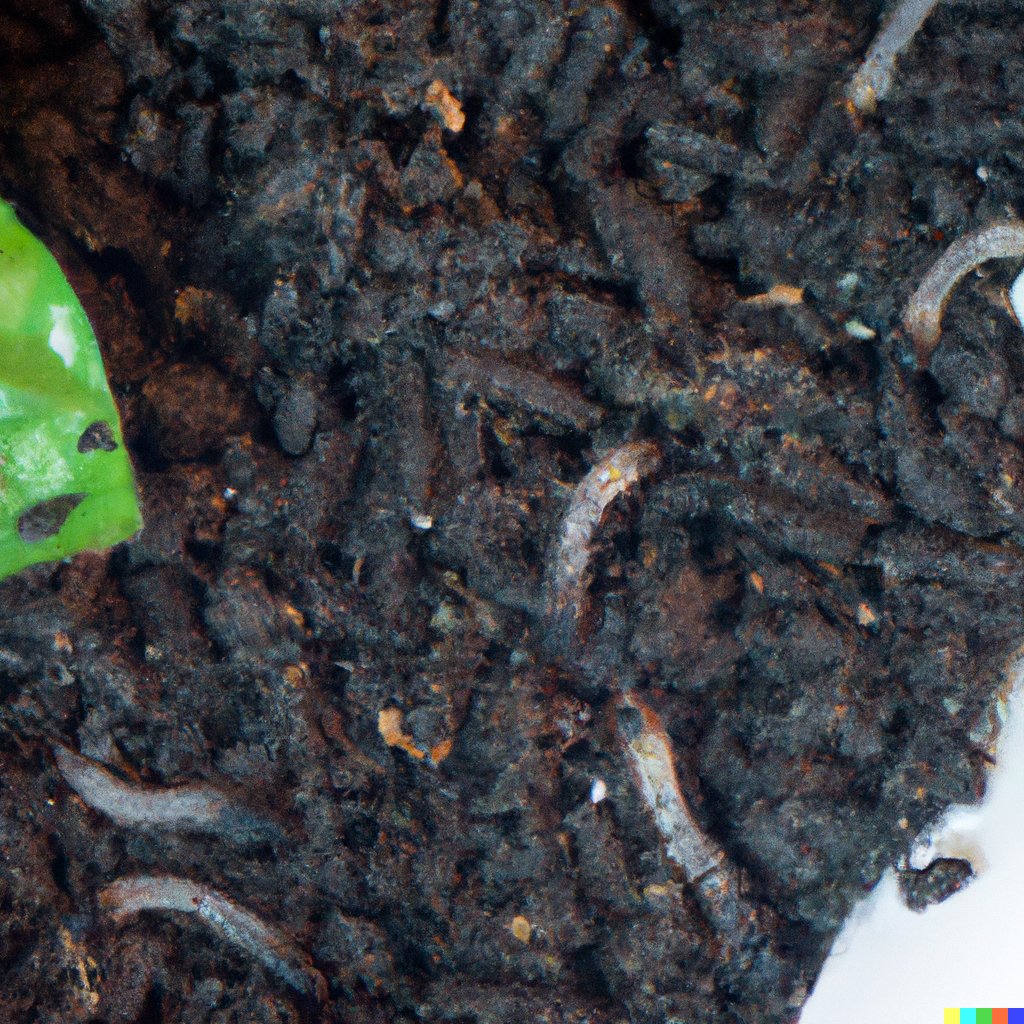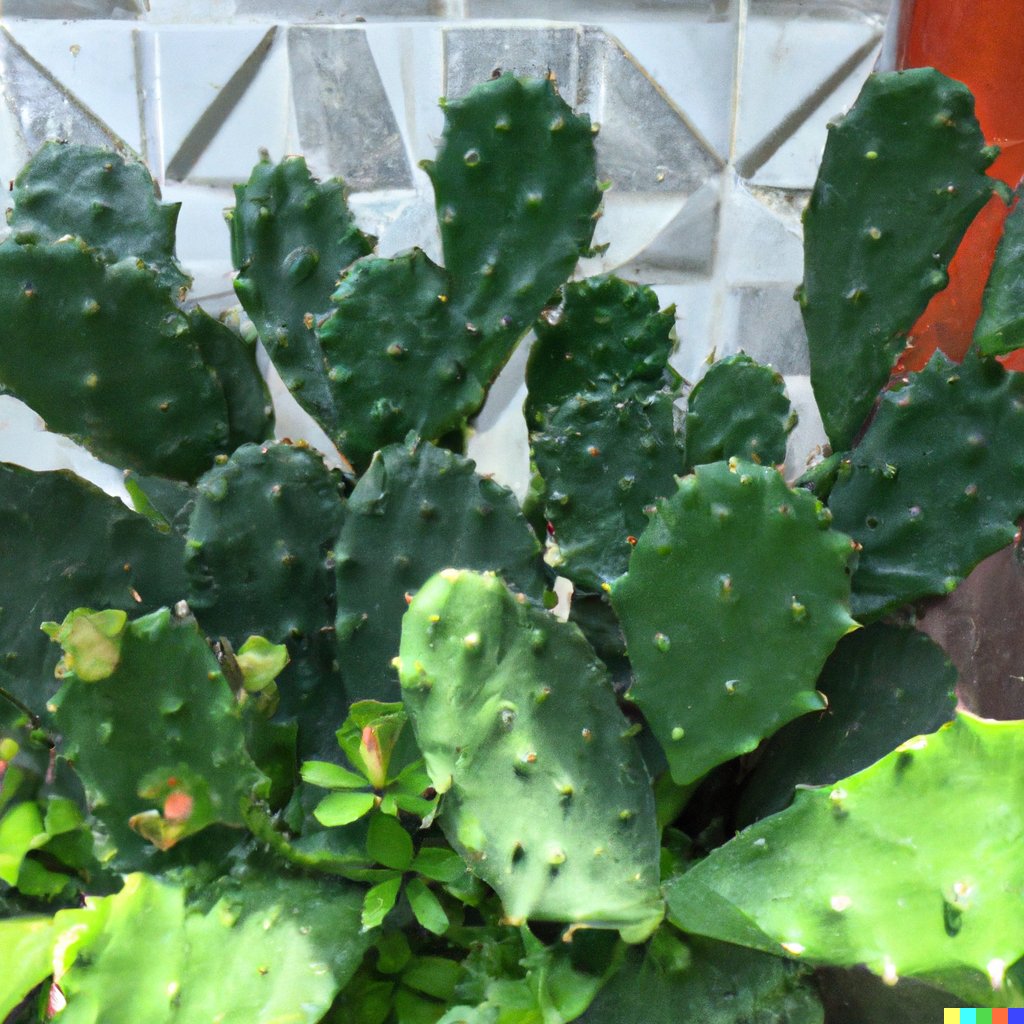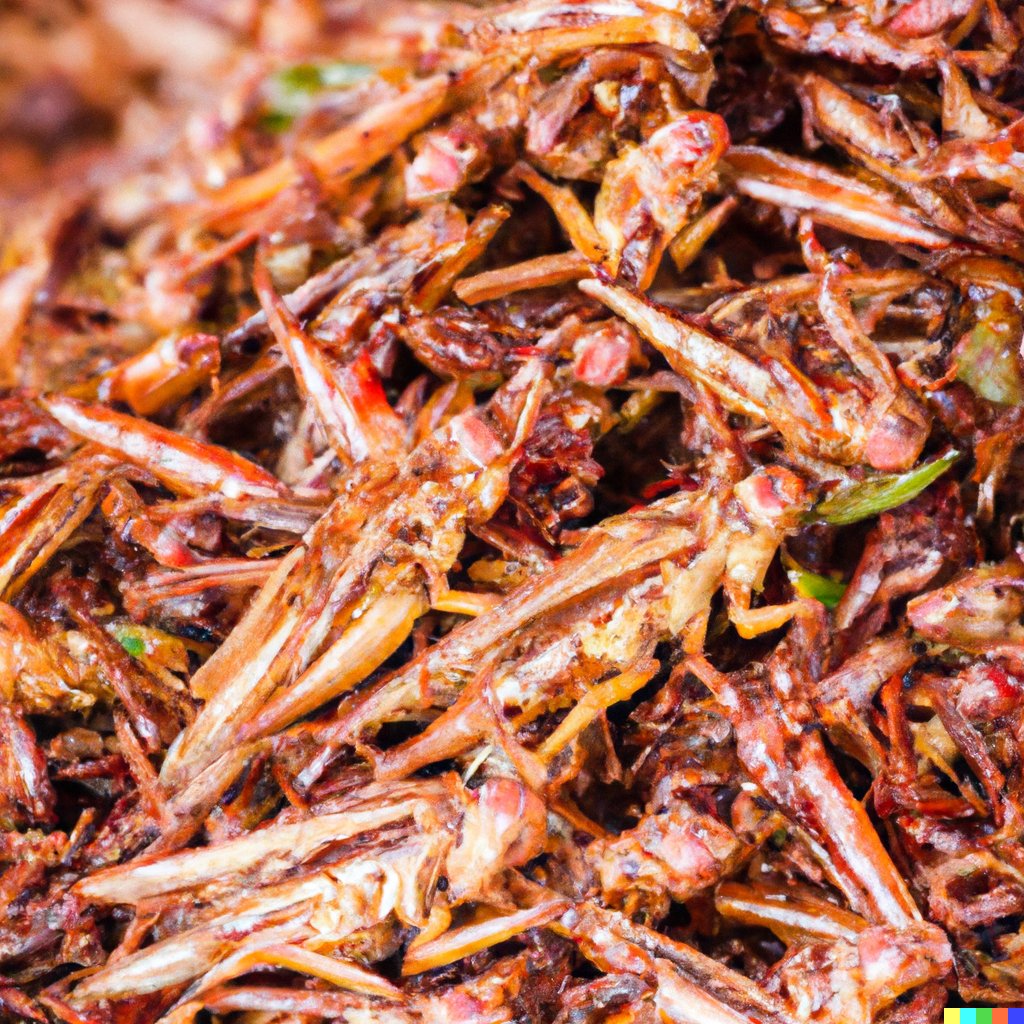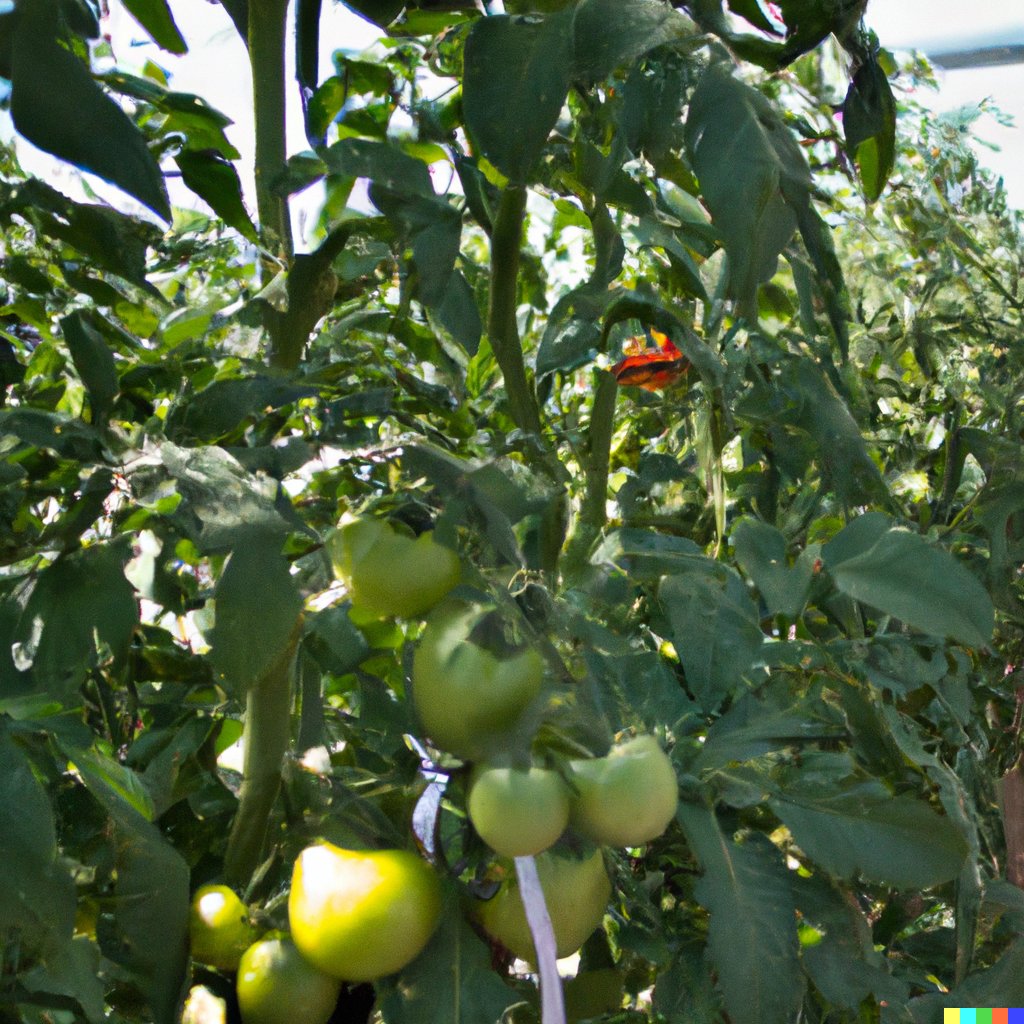
Smart farming, also known as precision agriculture, is an innovative approach to farming that utilizes technology and data-driven techniques to optimize crop production, reduce resource consumption, and promote sustainable agriculture. While smart farming is commonly associated with large-scale commercial operations, individuals can also implement smart farming practices at home to cultivate their own fresh produce. Here are some key aspects of smart farming that can be adopted for efficient and sustainable gardening at home:
1. Automated Irrigation Systems
Invest in automated irrigation systems that utilize sensors and weather data to deliver the right amount of water to your plants. These systems ensure efficient water usage and prevent overwatering, ultimately promoting healthier plant growth and conserving water resources.
2. Remote Monitoring and Control
Utilize smart devices and applications to remotely monitor and control your home garden. Smart sensors can provide real-time data on soil moisture, temperature, and humidity, allowing you to make informed decisions and adjust environmental conditions accordingly.
3. Vertical and Hydroponic Systems
Maximize limited space at home by implementing vertical gardening systems or hydroponics. Vertical systems utilize stacked trays or walls to grow plants upward, while hydroponics enables soilless cultivation using nutrient-rich water solutions.
4. Automated Nutrient Management
Incorporate automated nutrient delivery systems that provide plants with the right balance of essential nutrients. This precision approach ensures optimal plant nutrition while reducing the risk of nutrient waste and runoff.
5. Smart Pest and Disease Control
Integrate smart pest and disease monitoring systems that use sensors and data analysis to detect early signs of infestations or diseases. This proactive approach allows for targeted and eco-friendly pest control methods, minimizing the need for chemical interventions.
6. Data-Driven Crop Selection
Use data and insights to choose the most suitable crops for your specific location and climate. Smart farming tools can help you select crops that are well-adapted to your environment, maximizing yield and success rates.
7. Artificial Intelligence (AI) Assistance
Leverage AI-powered platforms that offer personalized gardening advice and recommendations. These platforms analyze data, weather patterns, and plant characteristics to provide tailored insights for optimal cultivation.
8. Solar-Powered Solutions
Integrate solar-powered technologies, such as solar panels for energy supply or solar water pumps for irrigation. Utilizing renewable energy sources reduces the carbon footprint of your home garden.
9. Automated Harvesting Systems
Explore automated harvesting systems for certain crops, such as robotic or mechanized harvesters for fruits and vegetables. Automated harvesting can streamline the process and reduce labor requirements.
10. Data-Driven Decision Making
Make informed decisions based on the data and insights gathered through smart farming technologies. Monitoring and analyzing data allow you to adapt and optimize your gardening practices for the best possible results.
Frequently Asked Questions (FAQs) - Smart Farming at Home
Q1: What is smart farming, and how does it apply to home gardening?
A1: Smart farming, also known as precision agriculture, utilizes technology and data-driven techniques to optimize crop production and promote sustainable practices. Smart farming can be adapted for home gardening, allowing individuals to use innovative tools and practices for efficient cultivation.
Q2: How does automated irrigation benefit home gardening?
A2: Automated irrigation systems utilize sensors and weather data to provide the right amount of water to plants, promoting efficient water usage, healthier plant growth, and water conservation.
Q3: What is remote monitoring and control in home gardening?
A3: Remote monitoring and control use smart devices and applications to track and adjust garden conditions like soil moisture, temperature, and humidity from a distance, enabling informed decision-making.
Q4: What are vertical and hydroponic systems, and how can they be beneficial at home?
A4: Vertical gardening involves growing plants in stacked trays or walls, making efficient use of limited space. Hydroponics is a soilless cultivation method that utilizes nutrient-rich water solutions. Both techniques are beneficial for home gardening in confined areas.
Q5: How do automated nutrient management systems work in home gardening?
A5: Automated nutrient management systems deliver the precise balance of essential nutrients to plants, promoting optimal nutrition while minimizing waste and runoff.
Q6: What is smart pest and disease control in home gardening?
A6: Smart pest and disease control systems use sensors and data analysis to detect early signs of infestations or diseases, allowing for targeted and eco-friendly pest management.
Q7: How can data-driven crop selection benefit home gardeners?
A7: Data-driven crop selection helps home gardeners choose the most suitable crops for their location and climate, increasing the chances of successful cultivation.
Q8: What are AI-powered platforms, and how can they assist home gardeners?
A8: AI-powered platforms offer personalized gardening advice and recommendations based on data analysis, weather patterns, and plant characteristics.
Q9: How can home gardeners integrate solar-powered solutions?
A9: Home gardeners can integrate solar-powered technologies, such as solar panels for energy supply or solar water pumps for irrigation, to reduce their environmental impact.
Q10: How do automated harvesting systems work in home gardening?
A10: Automated harvesting systems use robotic or mechanized methods to streamline the harvesting process for certain crops, reducing labor requirements.
Conclusion
Smart farming techniques offer individuals the opportunity to embrace technology and data-driven practices to cultivate their home gardens efficiently and sustainably. From automated irrigation and remote monitoring to vertical gardening and AI assistance, these innovations empower home gardeners to grow fresh produce with minimal environmental impact. By adopting smart farming at home, individuals can take part in the larger movement towards a more sustainable and tech-savvy approach to agriculture.







